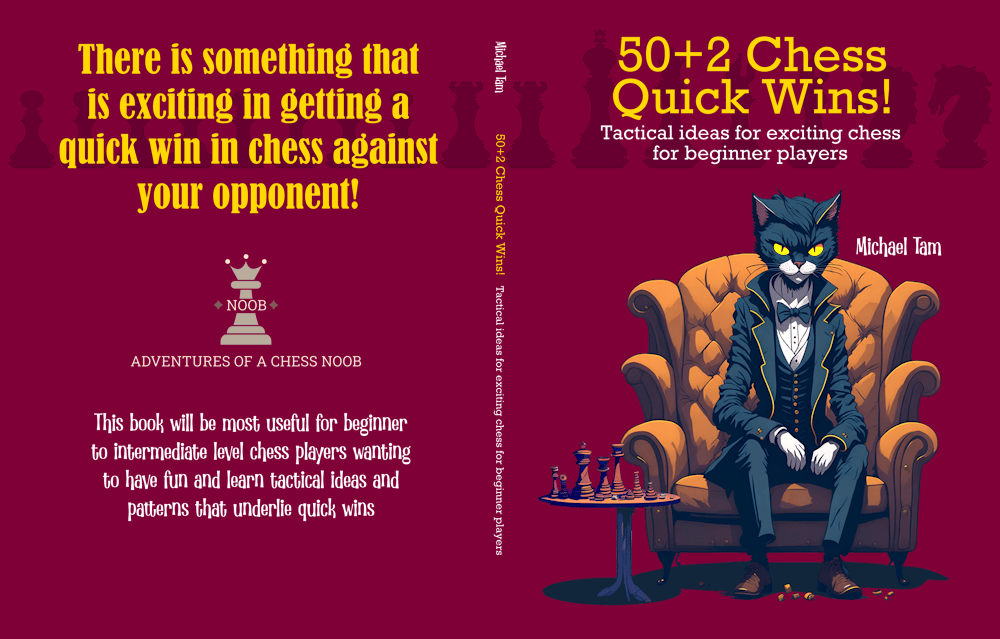
Vienna Game | TRIPLE KILL MATE vs Max Lange Defense!
#viennagame #maxlange #chessnut #chessnutevo #bishopsacrifice
This is the game that I briefly showed the analysis of in my review of the Chessnut EVO (Prototype) Online Play test video! This is the very first game I played on the Chessnut EVO against a live random opponent on chess.com and it's a beautiful 12 move checkmate in the Vienna!
I had the White pieces and my opponent responded with a very solid "two knights" in the Max Lange Defense of the Vienna (1. e4 e5 2. Nc3 Nc6 3. Bc4 Nf6). This is one of the most solid responses to the Vienna Game by Black [+0.1]. However, things quickly start to unravel... Black decided to fianchetto their queen's bishop. Against the Vienna, this is an inaccuracy as the long slight square diagonal is already closed to the bishop. After Black fianchettos the bishop on move 5, Stockfish gives an evaluation of [+1.4].
On move 7, I had largely finished my development, while Black's development had yet to complete. However, Black decided to play an aggressive knight advance and attack (7... Nh5), seemingly attacking my undefended bishop on f4 and winning tempo. This, however, is a mistake [+4.8]. Curiously, the best move identified by Stockfish is a mirror image attack on the other side of the board (Na5) attacking my other bishop!
I had a sense that I was ahead, so decided to play one of my favourite tactics in the Vienna Game, bishop sacrifice with check (8. Bxf7+)! Now, Stockfish called this move a mistake but evaluation-wise, I'm still better [+2.4]. As such, it should be considered an audacious gambit! The bishop sacrifice can often be powerful, forcing, and ultimately good in practice, even if the engine disapproves!
The next few moves were predictable - Black captures the bishop with their king, the knight leaps forward with another check, opening up a discovered attack on Black's knight on h5 by my queen (8... Kxf7 9. Ng5+). Black moves their king forward to defend their knight - understandable but places their king in a very exposed location (9... Kg6) and an inaccuracy [+3.7]. My queen now advances menacingly (10. Qg4) and Black makes a terminal blunder with (10... Nxf4). The move makes sense from the perspective that they had committed to attacking my bishop on f4 with the knight move originally, and removes on of my attacking pieces. However, with the king exposed, Black needed to defend the f-file with Qf6 and without this, a mating net had formed [+M6].
On move 11, my queen advances one more step towards the Black king (11. Qf5+) and the king is trapped in front of his pawns - he moves to h6. And here, I saw, and then delivered, a beautiful checkmate - (12. Nf7#) - a family fork mate! GG!
Game on chess.com: https://www.chess.com/game/live/81074422639



